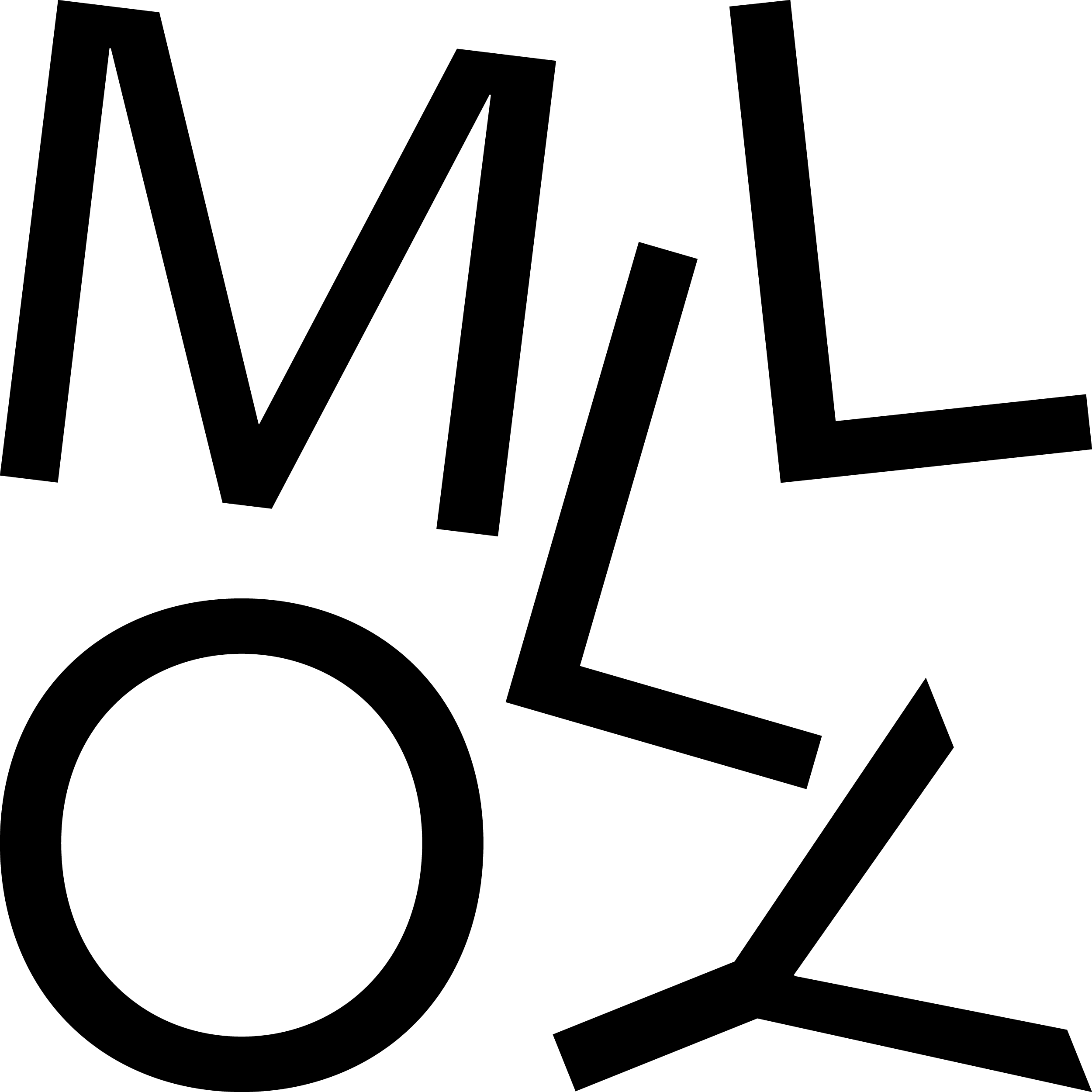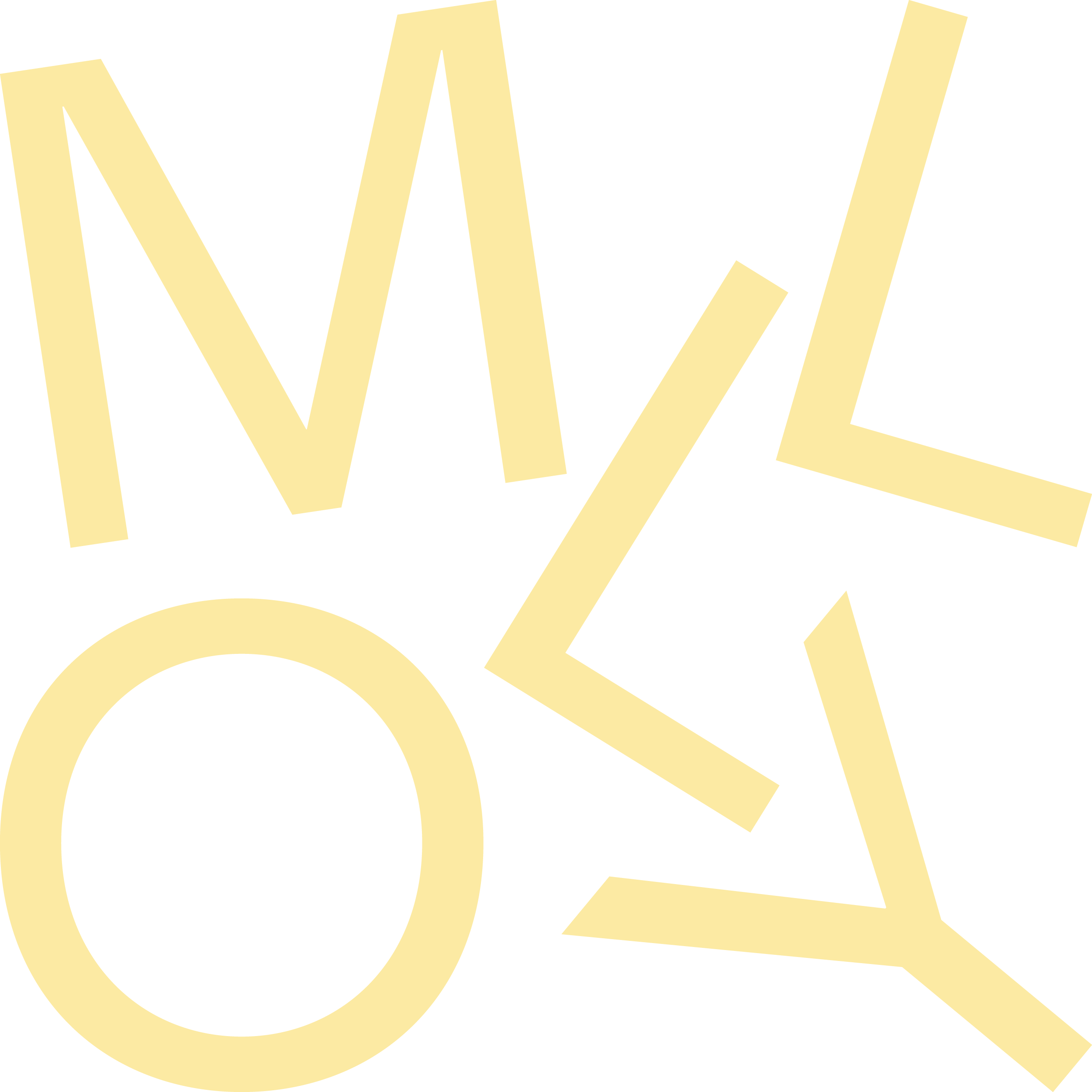Warm, welcoming UX/UI design for an app that fosters inclusion and interaction within the pottery community, connecting passionate ceramicists with local studios and their peers.
Role: Designer
Team: Collaborated with 4 designers on user research, 1 UX/UI Designer
Timeline: November 2022
Results: An interactive prototype for Kiln, an app that allows ceramicists to book pottery classes.
Background / Motivation
The Australian Ceramics Association (TACA) is a well-established, non-for-profit organization that encourages the creation and appreciation of ceramics.
TACA requested a mobile app that will help connect ceramics enthusiasts of all ages and skill levels so they can easily find classes, events, and tutorials. TACA desired to:
- foster a community for pottery enthusiasts, connecting them with studios and events
- educate budding, young ceramicists
- encourage more ceramicists to join TACA
Ultimately, we delivered Kiln, an app for ceramicists of all ages to connect with pottery classes and events in their area.
Research
Competitive & Comparative Analysis
We looked at existing websites, apps, and in-person communities that try to solve a similar problem of connecting ceramics enthusiasts.
Demographic
Most existing communities are established organizations that traditionally target an older audience of seasoned ceramicists. This opens a space in the market to include younger ceramicists and people new to this art form.
Features
These competitors offer a variety of resources including:
- Pottery progress tracking
- Virtual workshops and tutorials
- Publications
- Pottery conferences
- Pottery competitions
We found a lack of opportunity for organized, in-person interaction. There was not an easy, central way to search for and sign up for ceramics classes or events.
User Persona
Meet Marlo Smith - an imagined user for our TACA app.
Marlo is a 14-year-old high school student living with her mom and sister. She loves crafts, the zoo, sleepovers, and her backyard. She dislikes mornings, P.E. class, oranges, and top-ten music. Her goals are to make objects to paint, learn how to use a pottery wheel, and learn from professional artists.
Marlo loves being creative, whether that be working on school art projects or scrapbooking in her spare time. She even painted all the cups and bowls in her home cupboard. Marlo’s teacher recommended that she enroll in weekend art classes. Marlo’s mom, Sarah, is super busy with work during the week and sees this as a great opportunity to connect and support Marlo’s creativity.
“My mom is so busy with work all week, we like to do fun things on Saturdays, just the two of us.”
After learning about Marlo, some important questions come to mind:
What are Marlo's motivations?
Marlo is creative and wants to express herself artistically. She desires to learn new art forms and experiment with different mediums. She also loves spending quality time with her mom.
What are Marlo's frustrations?
She doesn’t enjoy waking up early in the morning and isn’t always fond of how busy her mom is. Marlo is looking to spend time with her mom on fun projects on the weekends.
In what scenario would Marlo use an app from TACA?
Marlo is searching for classes and workshops to take with her mom. She’d also enjoy watching tutorials to learn from professionals in her spare time and when her mom is too busy to take her to class.
User & Business Goals
Next, we synthesized the key insights we gathered from our client, competitor, and user research. This informed our design goals.
Business Goals - What TACA wants to achieve
- Foster a community of ceramics enthusiasts
- Help a younger demographic find classes and learn more about the craft
- Boost TACA membership
Primary User Goals - What the users most want to achieve
- Find and enroll in classes and events
- Learn about pottery (demo videos, tips, tutorials)
Secondary User Goals - What the users would like to achieve
- Connect and chat with other ceramicists in an online forum
- Find places to buy/sell/exhibit pottery
When designing the MVP for our app for TACA, we focused on achieving TACA’s main business goals and the primary user goals. After testing and iterating, we can expand features to achieve the secondary user goals.
Design Process
User Journeys
We started by mapping out Marlo’s ideal journey of finding and interacting with a TACA app that provides access to ceramics classes, events, and tutorials.
Here is Marlo’s journey to find a class using the app:
Card Sorting
We divided our user journeys into key features. We then separated these features into distinct actions and sorted them based on function. These categories informed how we should organize each screen of the app so it is intuitive for our users.
User Flows
Now that we had user journeys that accomplished our primary user goals and understood which features would appear on which app screens, we developed user flows.
Here is an example of Marlo’s flow to book a class through the app:
Thumbnails
Guided by our user flows, we sketched and ideated how these features and their necessary elements would appear on a mobile screen.
Wireframes
After coming to a consensus on our most effective thumbnails, we wireframed some different options.
Usability Testing
I prototyped the “find and book a class” user flow in my wireframe and tested it with my fellow designers. I observed as they clicked through the app prototype and narrated what they were experiencing and assuming.
Experimental Feedback
- Many elements felt too close together and were difficult to click with a finger
- Users weren’t convinced that the text would be legible when overlaying an image
- Some of the type sizes felt too small
Iterative Improvements
- Increase the space between elements, especially on the frames that had lists of items
- Design a solution (such as a scrim) to ensure text is legible if overlayed on an image, or avoid that design to prioritize legibility
- Be cognizant of my type hierarchy and make sure my body copy is large enough to read
User Interface Design
This is where I broke off from the group and acquired sole design responsibility.
After some intense brainstorming consisting of iterative word mapping and sketching, I scavenged for inspiration and created mood boards to help me communicate my design outcomes.
My guiding words were focused, meditative, and warm. Words that encapsulated the feeling of entering a welcoming ceramics studio for the first time and being gently instructed on how to mold clay into art.
I was drawn to rounded corners, single-stroke rounded-edge icons, playful typography, and full-bleed color. My hypothesis was that these aesthetic features would accomplish my design goals of attracting a younger, artistic audience to ceramics. The rounded shapes would feel soft and inviting; the muted, clay-inspired colors would feel relevant and calming; the playful typography would feel fresh and modern.
After reviewing my mood boards, I realized that I was coincidentally drawing a lot of inspiration from meditation apps. This encouraged me that I was following the right path toward creating a focused, meditative, and warm environment for my users.
Final Design & Prototype
After multiple iterations and experimentations with color, typography, and UI elements, and lots of feedback from my fellow designers, I produced Kiln.
Kiln is an app for ceramicists of all ages to explore local classes and events as well as digital tutorials from professionals. Users can book classes and events independently, or make an account on the app to connect with their TACA membership.
Next Steps
1. After receiving feedback on the first Kiln prototype demonstrating the Classes feature, I would implement necessary changes.
2. Next, I would produce the Events and Tutorials features and look for user feedback.
3. I would collaborate with engineers to implement telemetry to ensure we are meeting business goals and primary user goals. This data would answer the following questions:
- Is TACA membership increasing? At what rate?
- What are the demographics of users on the app?
- What’s the average customer rating of the app? Of the classes/events/tutorials? What is the user sentiment?
4. I would plan to expand the feature set to achieve secondary user goals
Concept work for a student project.


